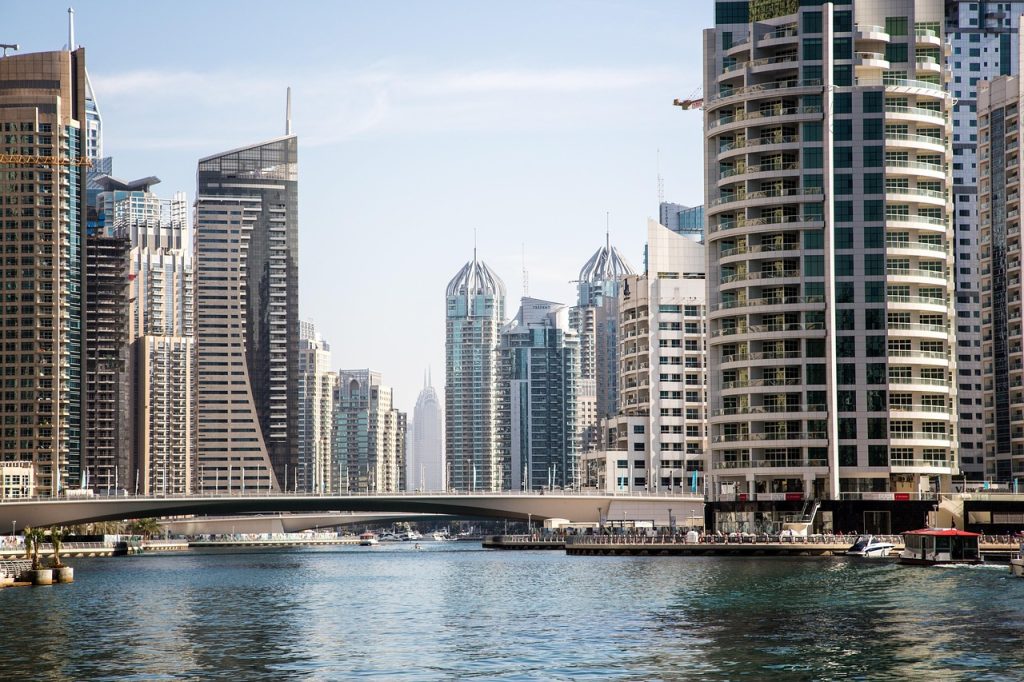Dubai Electricity and Water Authority (DEWA) has confirmed that its Green Hydrogen Project, launched in 2021 in partnership with Expo 2020 Dubai and Siemens Energy, has produced just over 100 tones of green hydrogen in four years.
While notable as the first operational facility of its kind in the Middle East and North Africa, the output highlights the gap between pilot-scale projects and the volumes needed to impact the UAE’s net-zero ambitions.
The project, powered by solar photovoltaics at the Mohammed bin Rashid Al Maktoum Solar Park, produces about 20 kilograms of hydrogen per hour, with a storage system designed to hold the equivalent of 12 hours of production. In total, the plant’s stored hydrogen has been converted into around 1.15 gigawatt hours (GWh) of electricity through a 300-kilowatt gas engine, displacing an estimated 515 tones of carbon dioxide.
Measured against global hydrogen development benchmarks, the scale remains modest. Annualized production averages roughly 25 tones, which is far below the multi-thousand-tone outputs targeted by commercial electrolysis facilities under construction in Europe, Australia, and the U.S. For comparison, a single 100-megawatt electrolyzer operating at high utilization could produce more than 15,000 tones of hydrogen per year.
DEWA’s plant, however, was never intended to compete with industrial-scale projects. Instead, it has functioned as a proof-of-concept and testing platform for solar-powered electrolysis in desert conditions, where dust, heat, and water scarcity pose unique operational challenges.
The hydrogen produced has supported limited but high-visibility use cases. More than 11 tones were supplied to the Emirates National Oil Company (ENOC) to fuel hydrogen vehicles at its “service station of the future” during Expo 2020 and for other industrial applications. The majority was consumed internally for power generation, feeding into Dubai’s broader experiments with hydrogen-to-electricity pathways.
These applications demonstrate technical feasibility but highlight the absence of wider adoption infrastructure. At present, hydrogen refueling capacity in the UAE is confined to pilot stations, and no commercial-scale distribution network exists.
DEWA emphasizes the project’s alignment with national strategies, including the UAE’s Net Zero 2050 Strategy and the Dubai Clean Energy Strategy 2050. Officials also point to Dubai’s ranking in Alvarez & Marsal’s 2024 Green Hydrogen Report, which places the UAE first in “green hydrogen competitiveness.” The methodology behind this ranking, however, is not fully disclosed, making it difficult to assess how competitiveness is defined—whether in terms of resource potential, policy ambition, or actual production capacity.
The project’s role as a training and demonstration hub may be its most enduring contribution. By testing hydrogen applications across the energy, transport, and industrial sectors, the facility has created a foundation for scaling, though the timeline for expansion remains unclear.
The UAE’s green hydrogen ambitions rest on large-scale deployment beyond pilot initiatives. Current production volumes in Dubai illustrate technical readiness but also underscore the need for significant capacity increases if hydrogen is to play a meaningful role in displacing fossil fuels domestically or positioning the country as an exporter.
Stay updated on the latest in energy! Follow us on LinkedIn, Facebook, and X for real-time news and insights. Don’t miss out on exclusive interviews and webinars—subscribe to our YouTube channel today! Join our community and be part of the conversation shaping the future of energy.





